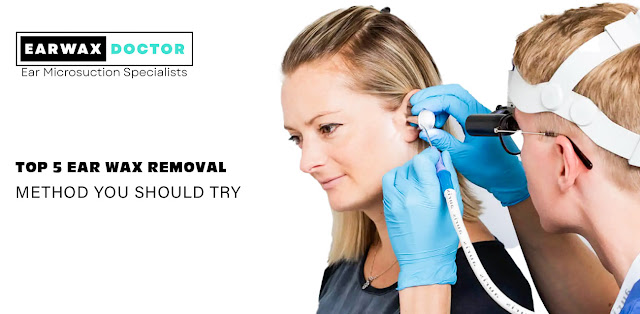Ear wax, scientifically known as cerumen, is a natural substance produced by the glands in the ear canal. While it plays a crucial role in protecting the ear from dust, bacteria, and other foreign particles, excessive buildup can lead to discomfort and even hearing loss. Therefore, knowing effective ear wax removal methods is essential for maintaining ear health and hygiene.
Ear Irrigation
Ear irrigation, also known as ear syringing, is a common method used by healthcare professionals to remove excess ear wax. It involves the use of a syringe filled with warm water or saline solution to gently flush out the wax buildup from the ear canal. This method is safe and effective when performed correctly by trained individuals.
Ear Drops
Over-the-counter ear drops are readily available and can be an effective way to soften and loosen ear wax for easy removal. These drops typically contain hydrogen peroxide, mineral oil, or glycerin, which help break down the wax buildup. It's essential to follow the instructions carefully and consult a healthcare professional if you have any concerns.
Ear Wax Removal Kits
Ear wax removal kits are available in pharmacies and usually contain a combination of ear drops and a bulb syringe or ear irrigation syringe. These kits provide a convenient solution for at-home ear wax removal. However, it's crucial to use them cautiously and avoid inserting any objects deep into the ear canal, as this can cause damage.
Ear Candling
Ear candling is a controversial method of ear wax removal that involves placing a hollow candle in the ear canal and lighting it. Proponents claim that the heat creates a vacuum effect, drawing out the wax. However, there is limited scientific evidence to support the effectiveness of this method, and it can pose risks such as burns, ear canal obstruction, and punctured eardrums. Therefore, it's generally not recommended by healthcare professionals.
Microsuction
Microsuction is a safe and efficient method of ear wax removal performed by trained audiologists or ENT specialists. It involves using a microscope and a suction device to gently remove the wax buildup from the ear canal. This method is particularly suitable for individuals with impacted ear wax or those who have had previous ear surgeries.
Conclusion
Maintaining proper ear hygiene is essential for overall ear health, and knowing effective ear wax removal methods is crucial. While there are various techniques available, it's essential to choose safe and proven methods to avoid any potential complications. Whether it's ear irrigation performed by a healthcare professional, using ear drops at home, or seeking microsuction from a specialist, prioritizing ear care can help prevent discomfort and maintain optimal hearing health.
Incorporating these top 5 ear wax removal methods into your ear care routine can ensure that your ears stay clean and healthy, allowing you to enjoy life without the inconvenience of excess ear wax buildup.

Comments
Post a Comment